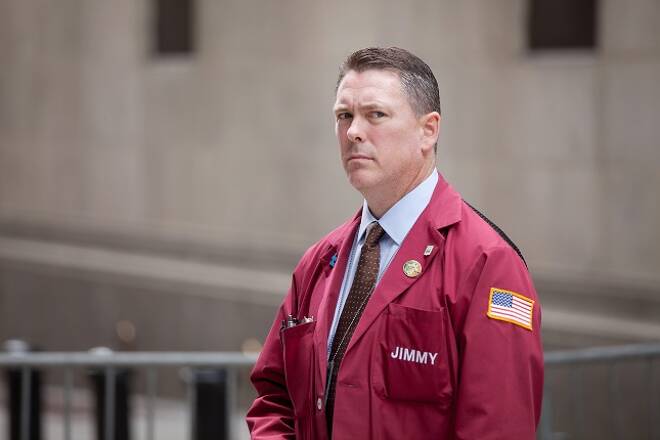Advertisement
Advertisement
How Close are We to a Stock Market Crash?
Updated: Mar 4, 2019, 13:22 GMT+00:00
The majority don’t believe we are close to a stock market crash, yet there are signs and some experts are using these to claim one is imminent.
Could the bull market be over, and a stock market crash be imminent? In late April the Dow Jones Industrial Average sank more than 420 points, just under two percent, which leads some experts to claim that stocks have peaked. In addition, as US bond yields reached 3%, funds will slowly crawl into safe investments, leaving the stock markets with a shortage. Similarities between now and the pre-2008 financial crash were drawn but others have pointed to the near-record nine-year bull run the stock market has just experienced.
What Causes Crashes?
All of the famous US stock market crashes that occurred in 1929, 1987 and most recently in 2008 followed a similar formula. A new financial instrument or contraption creates a false sense of security, overinvestment causes a bubble, something happens where investors realize they made a mistake, sell quickly and the market crashes.
However, if it was this simple then surely, we’d be able to predict when the next crash might happen? Yet the crash of 2008 wasn’t widely predicted by many, despite the false sense of security that was created through mortgage-backed securities. Though since then regulation has changed, much like it has with the European Commission recently updating and tightening regulations around CFD trading.
A Growing Asset Bubble
The false sense of security that could be starting the path to a crash is with a growing asset class bubble. Stock, bond, and real estate asset markets are all in bubbles that won’t be protected if a crash happens. Supposed evidence for this is with the volatility seen in the Dow Jones Industrial Average and Nasdaq, with predictions that it could get worse.
Again, it is overinvestment that it thought to be the stimulus for a potential crash. Global central banks have been buying $60 billion of global assets a month, alongside quantitative easing specifically aimed at supporting asset prices. This has similarities with the corporate bond purchases of the European Central Bank that helped create the global financial crash of 2008.
Market Pullbacks
On the other hand, despite the incredibly long run this bull market has had and the fact that everything that goes up must come down, some don’t think a stock market crash is likely. At least not at the moment. This is because since the beginning of 2018 the market has already pulled back on several occasions and it’s not as bullish at the present time as it was back in January.
Volatility will remain ongoing, though until a bearish sentiment raises above 50 percent, it’s hoped that there is no reason to panic. Many can forget how much the market has risen and the recent dips could just be the market taking something of a minor break from which it will soon recover. Though the fear factor of a possible crash could cause one if enough of the masses buy into it and suddenly start selling.
Suggested Articles
Other Potential Crash Points
According to a range of expert strategists, there are various potential breaking points for the stock market at different times in the future. These range from a clash of monetary and fiscal policy collision, with tax cuts enacted by Congress in the USA and the selling of large bonds in the open market, to stock valuations reaching highs not seen since 2000 before the dotcom bubble burst.
All of these experts point towards a crash either later this year or next, mainly when a bearish market emerges. However, as there is no set consensus it does mean that they could be wrong, and no crash will occur. Still, for traders, it is always best to be prepared for the worst and prepare any hedging or risk strategies to stay as safe as possible in a volatile market.
About the Author
Did you find this article useful?
Latest news and analysis
Advertisement
